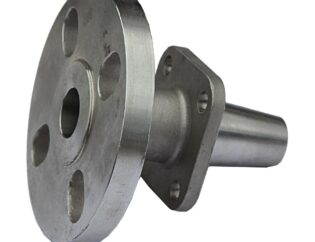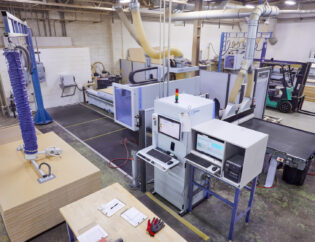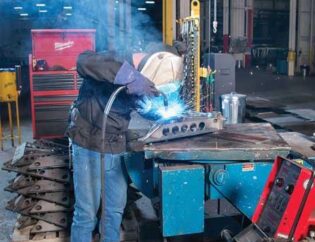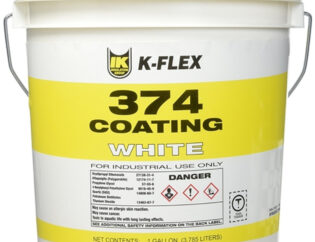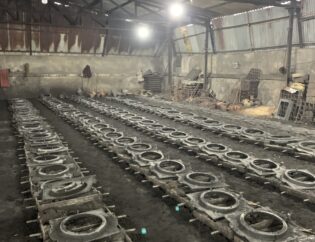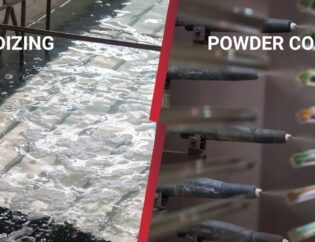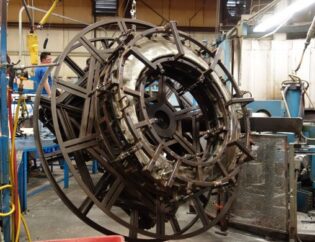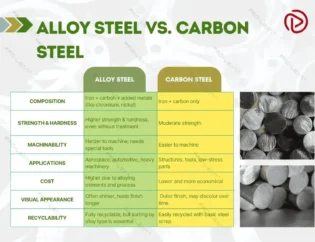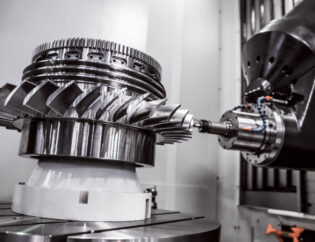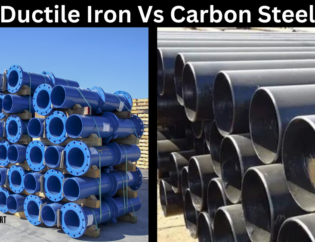Machining tolerances are critical in manufacturing, ensuring that parts fit together correctly and function as intended. Understanding these tolerances is essential for engineers, machinists, and quality control professionals. This guide will delve into the various types of tolerances, their applications, and the implications of precision in machining processes.
Readers can expect to learn about the different tolerance classifications, including dimensional, geometric, and surface finish tolerances. We will explore how these standards impact product quality, performance, and cost-effectiveness. By mastering these concepts, professionals can enhance their machining practices and improve overall production efficiency.
Additionally, this guide will provide practical examples and best practices for applying tolerances in real-world scenarios. Whether you are a seasoned expert or new to the field, this comprehensive resource will equip you with the knowledge needed to navigate the complexities of machining tolerances effectively.
A Complete Guide to Standard Machining Tolerances
Standard machining tolerances are an important parameter to consider regardless of the product you are manufacturing. In this day and age, most consumer goods demand consistency on a micro-scale. Therefore, manufacturers often go through the various types of manufacturing processes and compare them while keeping the machining tolerances as a major factor. To understand the machining tolerances of different processes, it is vital to know the concept of machining tolerances, how to measure them, and the different types of tolerances that exist. This article will go through all this information and more. In the end, there will be tips with which you can improve the machining tolerances for your own industry.
Understanding Machining Tolerances
Machining tolerance is defined as the total amount of variation a specific dimension can have from the given value. It establishes the acceptable dimensional variation in a machined part. Tolerances are expressed in various ways, including upper and lower limits, allowable amounts above and below a defined dimension, or simply as a variance by itself.
Technical Features of Machining Tolerances
Machining tolerances are crucial for ensuring that parts fit together correctly and function as intended. Below is a comparison of the technical features associated with standard machining tolerances:
| Feature | Description |
|---|---|
| Basic Size | The theoretical size specified in the design. |
| Actual Size | The measured size of the finished part after machining. |
| Limits | The maximum and minimum dimensions allowed for a part. |
| Deviation | The difference between the basic size and the actual size. |
| Maximum Material Condition (MMC) | The condition where a feature contains the maximum amount of material. |
| Least Material Condition (LMC) | The condition where a feature contains the least amount of material. |
Types of Machining Tolerances
Machining tolerances can be categorized into several types, each serving a specific purpose in manufacturing. Below is a comparison of the different types of machining tolerances:
| Type | Description |
|---|---|
| Unilateral Tolerance | Variance allowed in one direction only (either positive or negative). |
| Bilateral Tolerance | Variance allowed in both directions, expressed as ± value. |
| Limit Tolerances | Upper and lower limits specified without using ± symbols. |
| Profile Tolerances | Relate to the curvature of the cross-section of a part. |
| Orientation Tolerance | Variation of a form in relation to a reference form. |
| Location Tolerance | Shift in the location of specific features of the workpiece. |
| Form Tolerances | Pertains to the physical features of a workpiece, such as flatness and roundness. |
| Runout Tolerance | Fluctuation of a feature when the part is rotated around a central axis. |
Importance of ISO 2768 in Machining Tolerances
ISO 2768 is an international standard that specifies general tolerances for linear and angular dimensions, as well as geometrical features. This standard simplifies the production process by eliminating the need to specify tolerances for each dimension on technical drawings. It ensures compatibility and dimensional accuracy across various manufacturing processes, including CNC machining, sheet metal fabrication, and injection molding.
Key Features of ISO 2768
ISO 2768 is divided into two parts:
- ISO 2768-1: Focuses on general tolerances for linear and angular dimensions. It classifies tolerances into four types: fine (f), medium (m), coarse (c), and very coarse (v).
- ISO 2768-2: Addresses geometrical tolerances, including straightness, flatness, circularity, and symmetry, classified into three precision classes: H (high precision), K (medium precision), and L (low precision).
Comparison of ISO 2768 Tolerances
| Dimension Type | Fine (f) | Medium (m) | Coarse (c) | Very Coarse (v) |
|---|---|---|---|---|
| Linear Dimensions | ±0.05 mm | ±0.1 mm | ±0.2 mm | – |
| Angular Dimensions | ±1° | ±1° | ±1°30′ | ±3° |
| Geometrical Tolerances | H: 0.02 mm | K: 0.05 mm | L: 0.1 mm | – |
Practical Applications of Machining Tolerances
Understanding and applying machining tolerances is essential for manufacturers. For instance, at at-machining.com, the focus on ISO 2768 ensures that parts produced meet international standards, enhancing product reliability. Similarly, www.engineersedge.com provides resources for engineers to understand the implications of tolerances in design and manufacturing.
Benefits of Adhering to Tolerances
- Reduced Waste: Establishing acceptable variations allows for more viable parts, minimizing scrap.
- Cost Efficiency: Tighter tolerances can increase production costs; thus, using appropriate tolerances can optimize resources.
- Interchangeability: Standardized tolerances ensure that parts can be easily replaced, reducing downtime in manufacturing processes.
Conclusion
Machining tolerances play a vital role in the manufacturing process, ensuring that parts fit together correctly and function as intended. By adhering to standards like ISO 2768, manufacturers can streamline their processes, reduce costs, and improve product quality. Understanding the different types of tolerances and their applications is essential for achieving precision in machining.
FAQs
1. What is the significance of ISO 2768 in machining?
ISO 2768 standardizes tolerances, simplifying technical drawings and ensuring compatibility across different manufacturing processes.
2. How do machining tolerances affect product quality?
Tolerances determine the acceptable variation in dimensions, impacting the fit and function of parts, thus influencing overall product quality.
3. What are the common types of machining tolerances?
Common types include unilateral, bilateral, limit, profile, orientation, location, form, and runout tolerances.
4. Why is it important to choose the right tolerance?
Choosing the appropriate tolerance can optimize production costs, reduce waste, and ensure that parts fit together correctly.
5. How can manufacturers improve machining tolerances?
Manufacturers can improve tolerances by selecting suitable machining processes, using high-quality materials, and implementing effective quality control measures.

